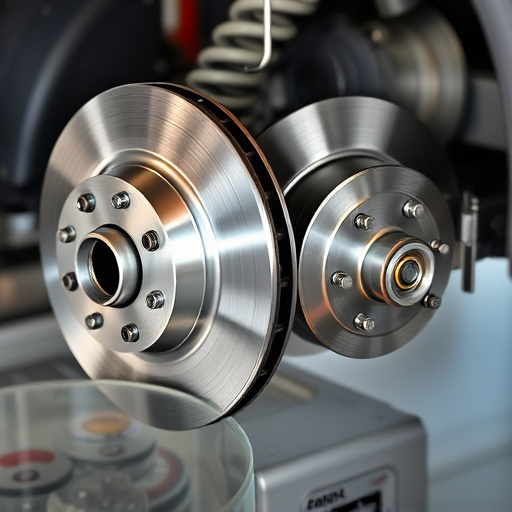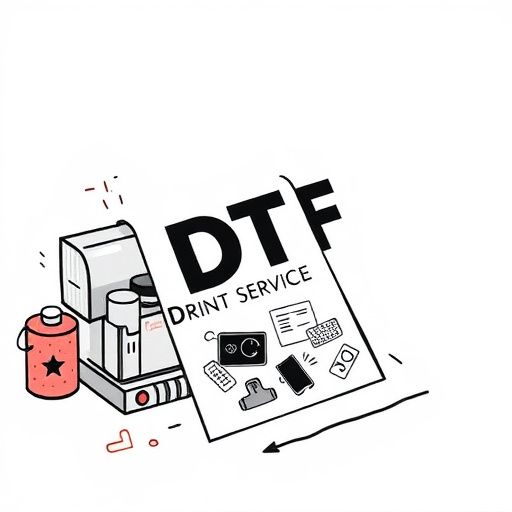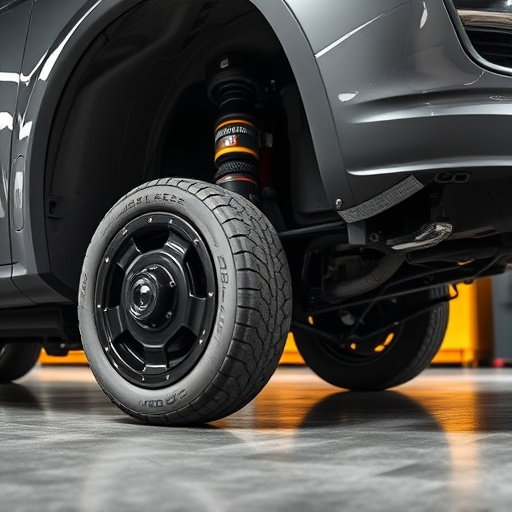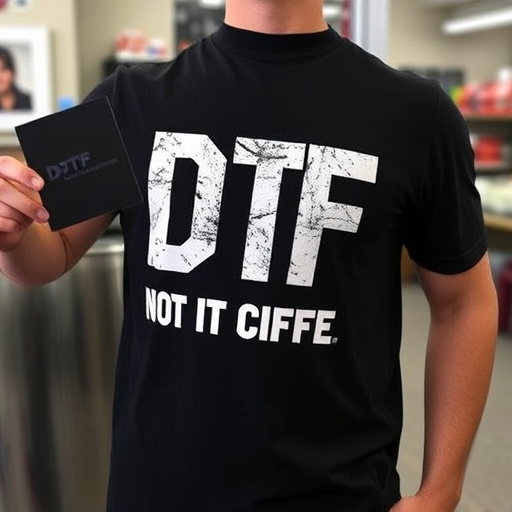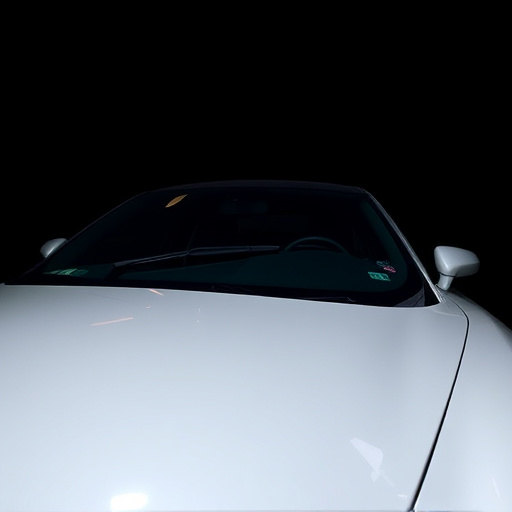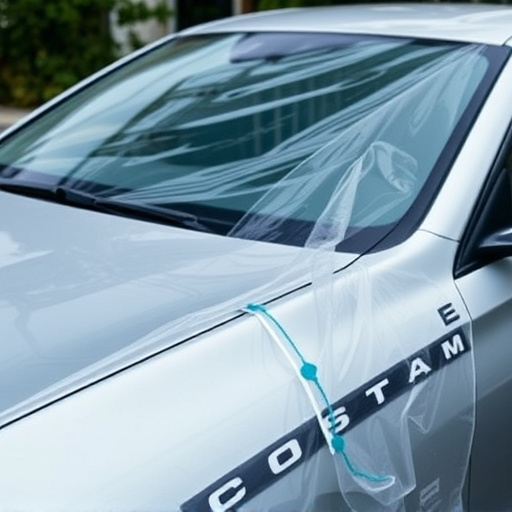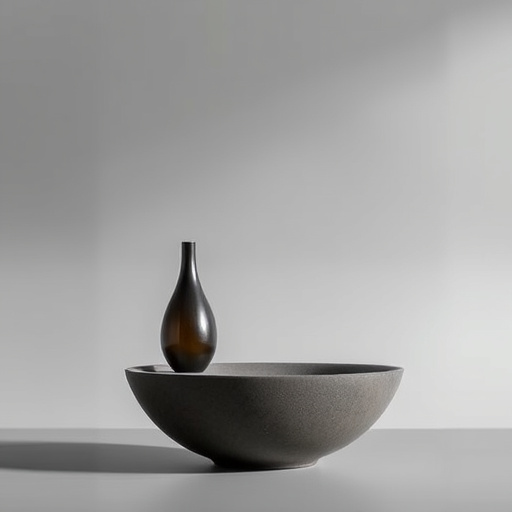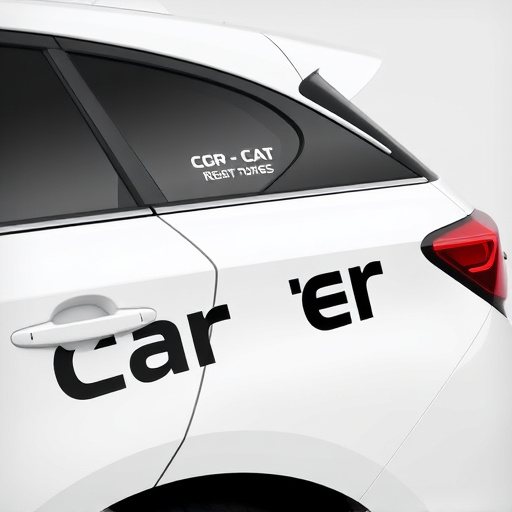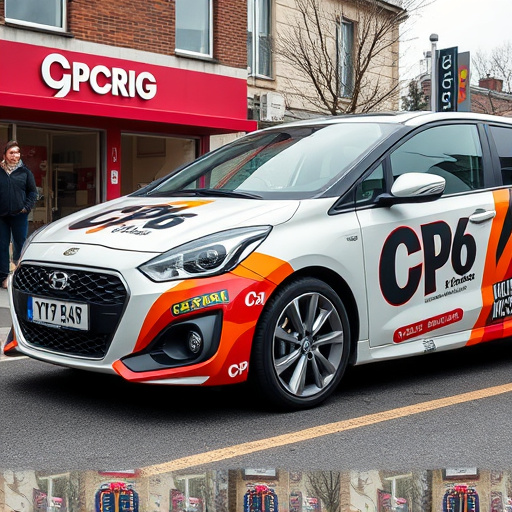When choosing a boat wrap installation, consider vinyl wraps for versatility and superior resistance to sun damage, or paint protection film (PPF) for extra paint defense. Installation requires meticulous surface preparation, application of marine primer, careful unrolling, and securing with aquatic adhesives. Final steps include ceramic coating or UV topcoat for extended protection against harmful rays. Regular maintenance includes cleaning, drying, applying protective coatings, and inspecting for damage to ensure long-lasting wrap effectiveness in varying water conditions.
“Discover the ultimate solution for protecting your boat with a safe and durable boat wrap installation. In this comprehensive guide, we explore innovative materials designed to withstand various water conditions, ensuring your vessel remains in top condition. From understanding the material’s durability to a step-by-step installation process, you’ll learn how to achieve a professional finish. Additionally, we provide essential maintenance tips to preserve your boat wrap, guaranteeing optimal protection for years to come. Optimize your boat care routine with these expert insights on boat wrap installation.”
- Understanding Boat Wrap Materials and Their Durability
- Step-by-Step Guide to Safe and Effective Installation
- Maintaining Your Boat Wrap for Optimal Protection in All Water Conditions
Understanding Boat Wrap Materials and Their Durability
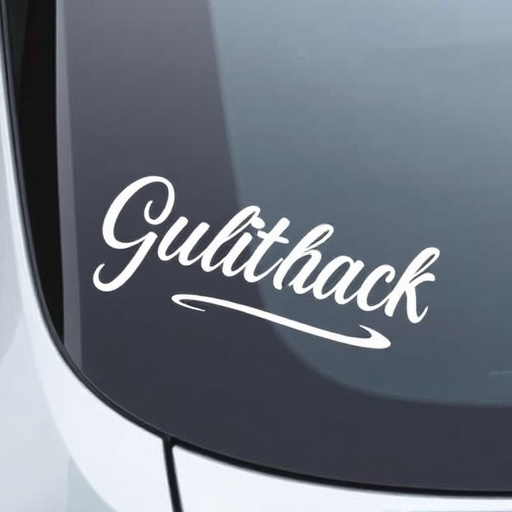
When considering a boat wrap installation, understanding the materials used is key to ensuring durability across all water conditions. Modern boat wraps come in various forms, but two prominent options are vinyl wraps and paint protection film (PPF). Both offer superior resistance to sun damage, scratches, and fading, crucial factors for maintaining a boat’s aesthetic appeal while sailing.
Vinyl wraps are known for their versatility and ability to conform to complex boat surfaces, providing a seamless finish. They’re also highly durable, with some types capable of enduring extreme temperatures and UV exposure, making them suitable for all water conditions. Paint protection film, on the other hand, offers an extra layer of defense against paint damage, ideal for boats that often encounter rough waters or are subject to frequent cleaning. Choosing between these materials depends on specific needs, but both ensure a long-lasting, safe, and visually appealing boat wrap installation.
Step-by-Step Guide to Safe and Effective Installation

Installing a boat wrap that’s suitable for all water conditions involves a step-by-step process designed to ensure safety and durability. Begin by preparing the surface, making sure it’s clean, dry, and free from any debris or residue. This crucial initial step enhances the bond between the wrap and the boat’s exterior. Next, apply a layer of primer specifically formulated for marine environments, which not only improves adhesion but also provides extra protection against moisture and corrosion.
Proceed with careful unrolling of the boat wrap, ensuring it aligns precisely with the contours of your vessel. Use specialized tools like a knife or applicator to smooth out any bubbles or wrinkles, maintaining an even tension across the surface. After achieving a flawless fit, secure the wrap using high-quality adhesives suitable for aquatic environments. Finally, apply a ceramic coating or other UV protection topcoat to shield against harmful rays, extreme temperatures, and wear from sun exposure, ensuring your boat wrap installation stands the test of time and all water conditions.
Maintaining Your Boat Wrap for Optimal Protection in All Water Conditions

Maintaining your boat wrap for optimal protection in all water conditions involves a few key steps. Regular cleaning is essential to prevent buildup of salt, algae, and other contaminants that can compromise the integrity of the wrap. Use a mild soap and warm water solution, avoiding abrasive materials or harsh chemicals that could damage the surface. After washing, thoroughly dry the boat wrap to avoid water spots or moisture-related issues.
Additionally, consider applying a protective coating designed for marine use. This not only enhances scratch protection but also adds an extra layer of defense against UV rays and heat rejection from the sun, ensuring your boat wrap remains in top condition even after prolonged exposure to various water conditions. Regular checks for any signs of damage or wear and prompt repair will further contribute to maintaining its protective qualities.
When it comes to protecting your boat, a durable and reliable boat wrap installation is key. By understanding the materials, following a meticulous installation process, and implementing proper maintenance, you can ensure your boat remains in pristine condition, ready for any water condition. With these steps, you’ll have a long-lasting, protective layer that enhances your boating experience.
